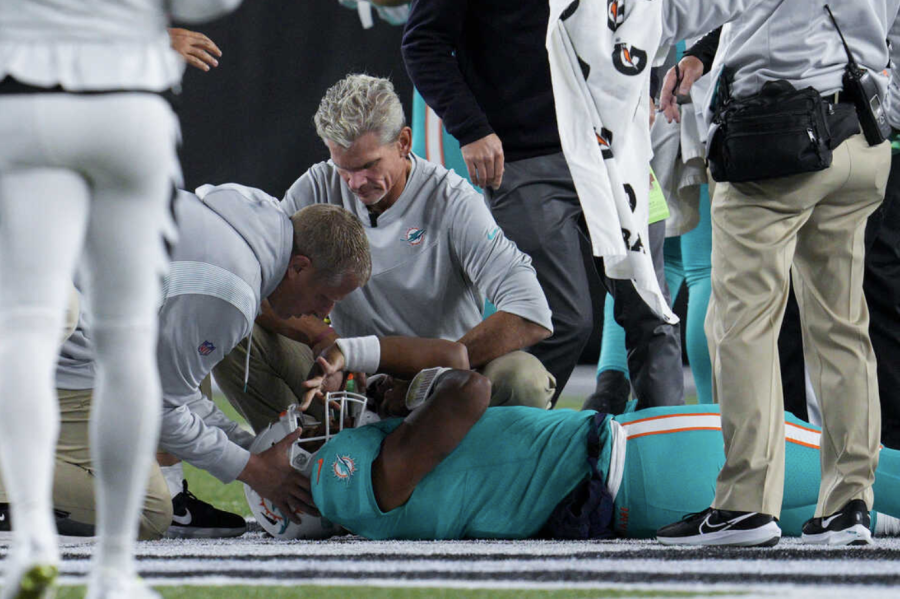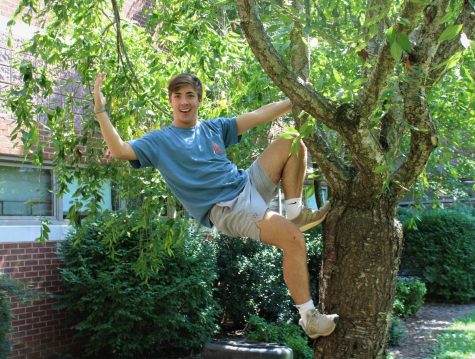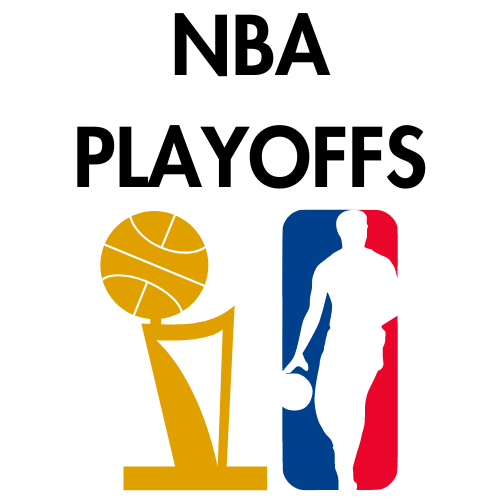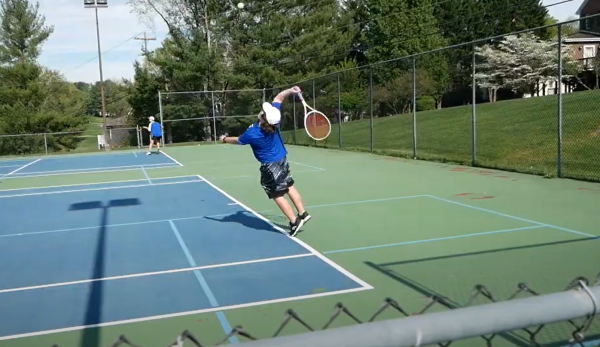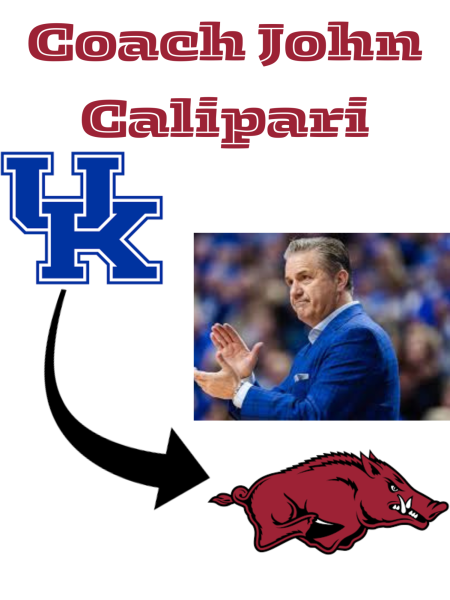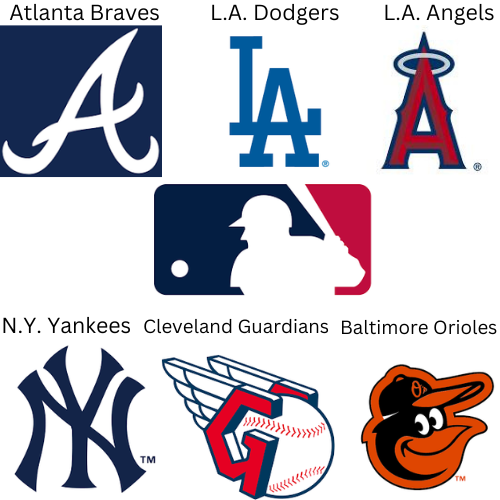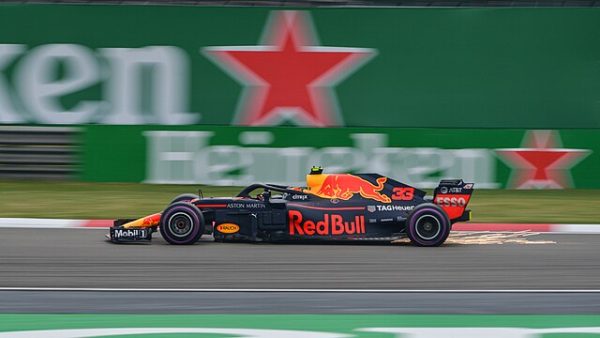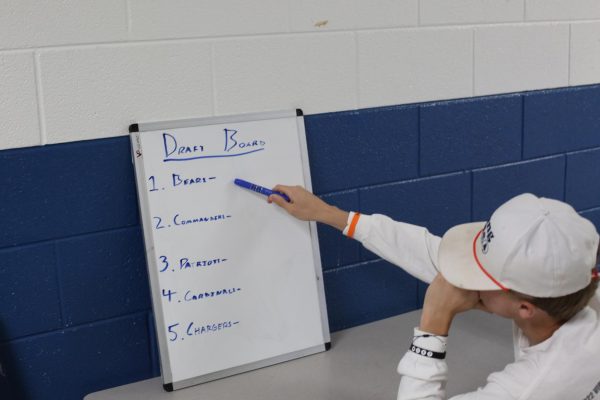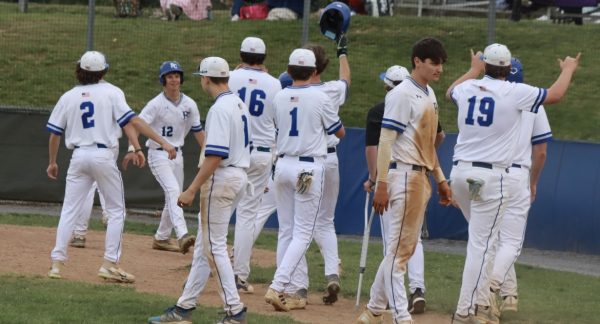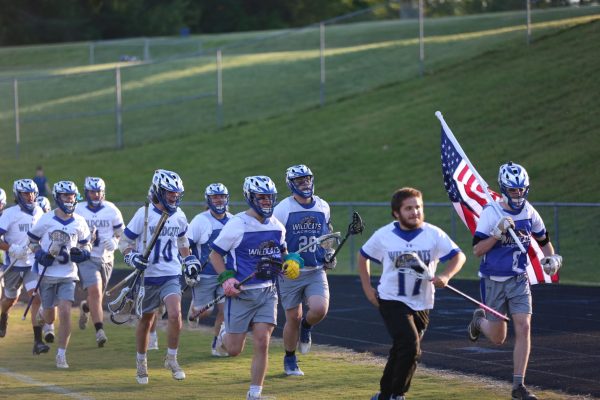Tua Tagovailoa Brings Awareness to the Dangers of Football
October 12, 2022
This week has been a tumultuous one in the world of sports, with fans and sponsors reprimanding the National Football League (NFL) for its poor judgment on head injuries. American football is the second highest cause of head injuries, clocking in at 47,000 injuries a year. While most would invalidate the majority of these injuries by labeling them as minor and insignificant, this week’s events have shown the danger in this response.
Tua Tagovailoa, a 2021 graduate of the University of Alabama, starts as the Miami Dolphins quarterback. In his third regular season game last Sunday, September 25, against the Buffalo Bills, Tagovailoa was knocked to the ground after a pass was thrown in which he fell backwards, hitting his head on the fall.
After a flag was thrown for roughing the passer on the Bills defense, Tagovailoa was helped to his feet. He took eight steps then stumbled to his knees, clearly in a daze. Tagovailoa was brought off the field but later returned to the game after being cleared by a consultant. The team stated that he was suffering from back pain and ruled out a concussion as an option.
Only four days later, in the game against the Cincinnati Bengals, history repeated itself for the Dolphins quarterback. In the second quarter, Tagovailoa was thrown to the ground in such a violent manner that “it caused his neck to jerk backward like a broken Pez dispenser,” according to a Sports Illustrated reporter.
Tagovailoa immediately grabbed his head then his fingers locked in an unnatural state, a sign of a severe head injury. After laying on the ground for ten minutes, Tagovailoa was rushed off the field to the hospital on a stretcher with his head in a brace. He was released the next day, but little was disclosed to the media by his team or doctors.
Post-game interviews and captures consisted of comments of Tagovailoa’s lack of throwing distance during his playtime, the competitive environment of the night, and the defeat of the Dolphins, failing to mention a traumatic event that just happened to their star player. Backlash erupted immediately from the world of sports with fans, coaches, and current and former players calling for the league to be held accountable to the safety of the players.
Former players were especially outspoken, highlighting how insensitive the reaction was by undermining the severity of the event, to brag about the overall performance of both teams. Not only was the incident so jarring, but it likely could have been avoided during the Bills game. Reports state that hardly any concussion protocol was executed and as a result, the consultant that cleared Tagovailoa has been fired.
This series of events have highlighted the rash and insufficient reaction to head injuries by the NFL and how insensitive their fan base can be by seeing these players as entertainment rather than human beings.
The protocol for potential concussions for high school athletics is set and regulated by the state legislature. Ms. Courtney Simpkins, RCHS’s athletic trainer, executes these protocols as needed during games.
“If a concussion is suspected from any player, they are removed immediately from the game and tested,” said Simpkins. “I perform the PEARL test which evaluates the dilation of the pupils and the SCAT 5 which inspects the cognitive skills and balance of the player after contact to the head,”
Each case of head injury is very different, causing different symptoms which can determine the time before an athlete can return to school and or the field. The Athletic Department deals with this by following VHSL policy to the letter and allowing the medical professionals to have the final say. Assistant Athletic Director Mr. Travis Rogers emphasizes the importance of head safety in athletics.
“I feel that head safety is very important at every level; the medical community has made great strides over the last 10 years in concussion research,” said Rogers. “Many medical professionals feel that they are just beginning to understand the true long term ramifications of brain injuries,”
Tua Tagovailoa’s incident is a wake-up call to all athletes to protect their brain from damage while performing and to trust the decision made by their doctors. It also reminds medical professionals of the importance of the care and attention needed to help each athlete protect the most vital part of their body.

